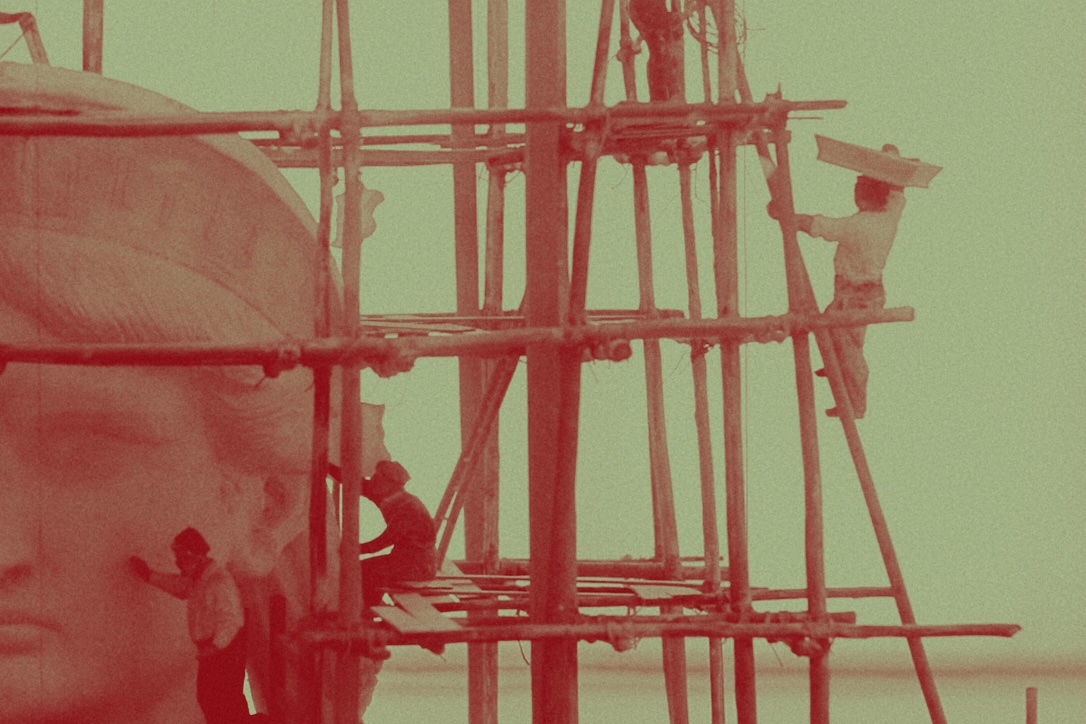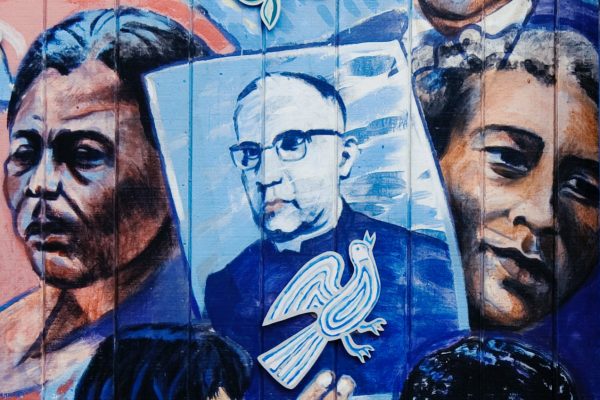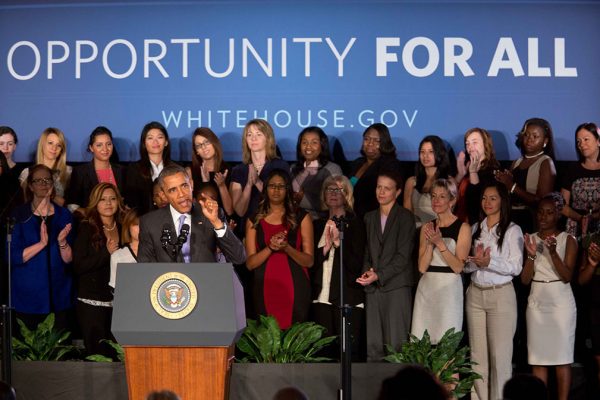To reclaim freedom, we need new ways to respond to attacks on democratic values and the resurgence of white nationalism. The family is key to this project, given the deep connection between the sort of freedom Aziz Rana criticizes and the ideological promotion of the isolated, self-sufficient, property-owning family that cares only for, and takes care of, its own: what we call “possessive familialism.” Exposing this connection is essential to reimagining, revaluing, and reshaping institutions of care and family in the “everyday worlds people inhabit,” as Rana puts it, and in the ways he calls for: toward “inclusive solidarity, mutual respect, and common concern.”
Ideas about the family animate everything from immigration debates to health insurance to tax policy. The family is the rhetorical darling of politicians from Bernie Sanders to Donald Trump, and it is at the center of Joe Biden’s response to the devastation caused by the pandemic: “The American Families Plan.” Notably, this prioritizing of family might seem to conflict with what many would describe as the core ethos of the dominant neoliberal political landscape and its obsession with “free market” values.
What explains this surprising convergence of right and left rhetoric? We all need care. As political theorist Joan Tronto maintains in Caring Democracy (2013), care “is a species activity that includes everything that we do to maintain, continue, and repair our ‘world’ so that we can live in it as well as possible.” In the world we have inherited, the family is assigned great swaths of this essential activity. But there are as many ways to organize care as there are families, and possessive familialism, which has deep roots in the liberal tradition, is only one of them.
It is well known that John Locke’s politics of “free and equal” individuals rests on the “natural” institutions of money and private property—a vision that assumed, justified, and fueled the dispossession of the commons, land, and labor, the subordination of women, and the exploitation of the poor. Less familiar, perhaps, is the central role of the supposedly solo, self-sufficient family in Locke’s account. Locke pays considerable attention to care in this family, such as paternal responsibilities to care for children, in his Second Treatise (1689). And in Thoughts Concerning Education (1693), Locke details a program for homeschooling, noting that parents have the greatest investment in the development of good character and “right reasoning” in their children because of affection as well as because sons will inherit the parents’—more specifically, father’s—property. This “possessive family,” like political theorist C. B. Macpherson’s “possessive individual,” is a necessary element of Locke’s limited government and the liberal politics that supported the then-emerging capitalist economy.
The COVID-19 pandemic exposed both the influence and the impossibility of this model of care. Shelter-in-place and social distancing orders exposed the ruse of the self-sufficient family for many who had been able to buy their way into the fantasy. As social supports—from schools, soccer clubs, playdates, parks, housecleaning services, and restaurants to food pantries, basic employment amid layoffs, and access to extended care networks such as neighbors, grandparents, and friends—fell away, the early months of the pandemic exposed what many already knew: the possessive family is not capable of meeting the inescapable, unpredictable, and interlocking needs of care. No family, much less any individual, is self-sustaining: all depend on webs of interdependent support.
Though federal and state governments provided economic aid—a valuable resource for people who lost jobs, and one that enabled parents, generally mothers, to quit their jobs to devote more time to child care—they did not shift the structure of care in the possessive family. So the burdens of these responsibilities—online learning, extra housework, food preparation, responsibility for elderly parents, many of whom were also disabled—fell predominantly on women, especially those marginalized by histories of dispossession, enslavement, and exclusion.
As a result, women’s freedom was sacrificed, not to mention their emotional and physical well-being: they fell behind professionally, and three times as many women as men dropped out of the labor force, the vast majority of whom were mothers. Far from an aberration, “the pandemic . . . revealed the extent to which mothers were barely hanging on in normal times,” the New York Times noted. Of course, those mothers who could “hang on” at all were able to do so because of the vast networks of care—from undervalued garbage collectors to underfunded public parks and schools to underpaid nannies and home health aides—upon which they relied. Individuals and families, of all shapes and sizes, depend on webs of interdependent support. The fantasy of possessive familialism hides this fact, and by doing so, it naturalizes the structures of property, dispossession, and wealth transmission that fuel pervasive, ongoing inequality in the distribution of the benefits and burdens of care.
Once we expose and dislodge the myth of the solo, self-sufficient family, then practices of democratic care in which many are already engaged become legible as viable and valuable.
What would a politics that recognized these facts look like and call for? Start with feminist demands long ignored: high-quality, well-funded child care and year-round school, pay equity, paid care leave, more robust Earned Income Tax Credits and increased minimum wage, universal health care, and genuine “time sovereignty” policies such as flex time, increased vacation time, and reduced work weeks, as well as robust inheritance and corporate taxes, reparation initiatives, and well-funded housing support. Rather than weakening families, such policies will strengthen them by helping all caregivers negotiate competing demands in a global capitalist economy—thereby reducing stress and worry, making it less taxing to care for ourselves and other people, and simply giving people more control over their own lives. Public school curricula and public discourse that critically engage the histories of dispossession, enslavement, subordination, and exclusion that have made our present are also essential to a democratic caring and a caring democracy. Exposing the oppression that undergirds possessive familialism, this turn is key to seeing and supporting systems of care that make freedom possible.
Not every American will support such measures. Indeed, the radical right will decry them as attacks on the family—and freedom—rather than supports. What counts as family, who gets to form families, how those families are organized, and how government should support families—all these issues are major points of disagreement, and far-right claims of freedom such as those made by Moms for Liberty are curiously comfortable with oppression on this point. But these voices do not represent the majority of Americans. As the popularity of pandemic child support payments made clear, measures that provide real assistance to caregivers of every ilk are easier to garner support for than the reductions in defense spending Rana imagines. If such cuts were traded for spending that makes it easier for families to access the communities and resources they need, freedom would cease to be an obfuscating, defensive screed of the privileged, becoming a meaningful reality for all.








